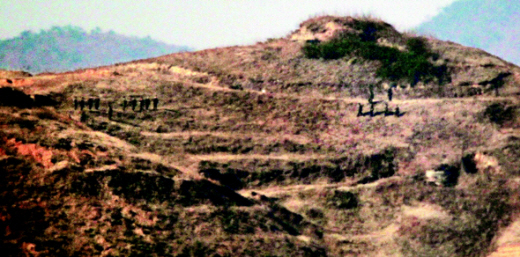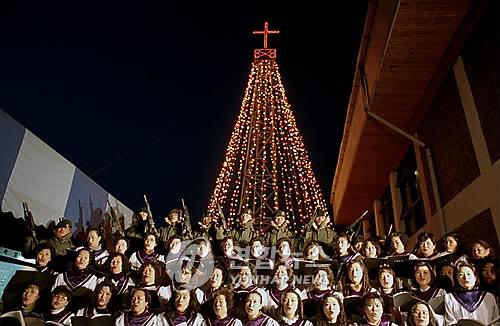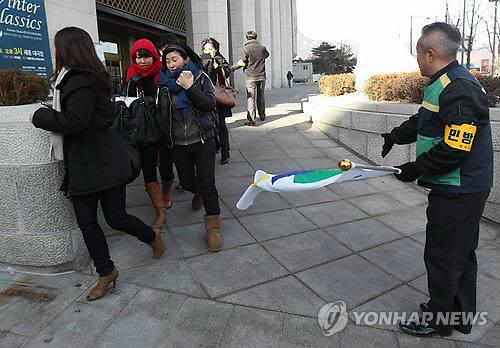Military faces top brass reshuffle
The Korea Times - 12-14-2010 17:01
By Jung Sung-ki
Following the resignation of Army chief of staff Gen. Hwang Eui-don, Tuesday, the military is expected to face a shakeup of its leadership. But the scale of the reshuffle will not be large, military sources said.
The reshuffle comes amid growing calls to overhaul the military’s bureaucratic practices and instead further boost combat readiness against North Korean provocations.
“The planned reshuffle for this week was only to affect brigadiers and major generals, but with Hwang’s resignation, a small number of four-star officers are now expected to be affected,” a source said.
The personnel shakeup had been planned for Dec. 2, but was postponed in the aftermath of the North’s Nov. 23 shelling of Yeonpyeong Island, which killed four South Koreans.
Military insiders say Hwang’s resignation is not only related to a property investment scandal but also in line with the government’s efforts to nominate more professional field commanders to top positions of the military in order to respond to the North’s military threat more effectively.
When Hwang was named as Army chief of staff earlier this year, for example, there was a controversy within the military circle about his career background. Hwang was an intelligence officer with few field command experiences.
Meanwhile, Defense Minister Kim Kwan-jin ordered the defense ministry, the Joint Chiefs of Staff and respective forces simplify bureaucratic procedures as much as possible and instead make efforts to boost combat readiness.
To that end, he directed that the numbers of meetings, inspections, audits and other bureaucratic work be reduced, the officials said.
“The defense minister wants to reduce these for field units by half by the year’s end,” he said.
The Ministry of National Defense itself has more than 100 paperwork projects, including 22 reports on state projects and 23 reports on green growth efforts, said the official.
Minister Kim directed his subordinates not to make lengthy reports for him but to use short reports or memos on and offline.
gallantjung@koreatimes.co.kr




 Reply With Quote
Reply With Quote









Bookmarks